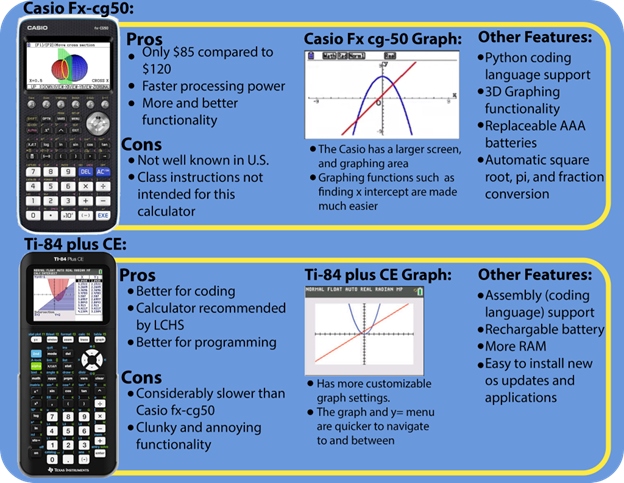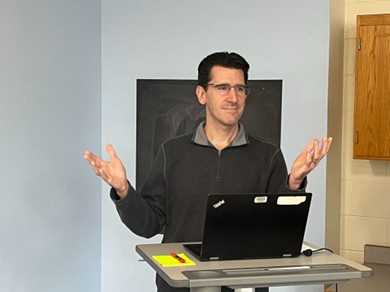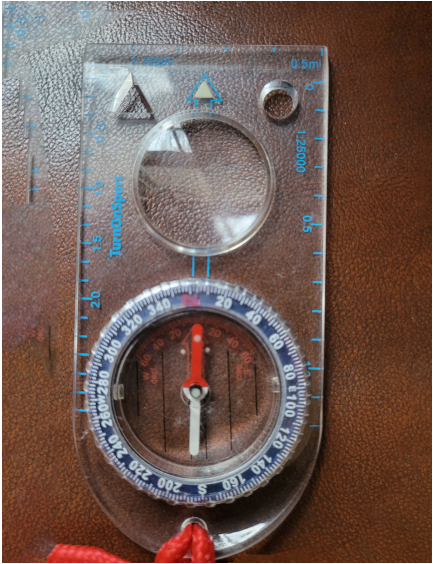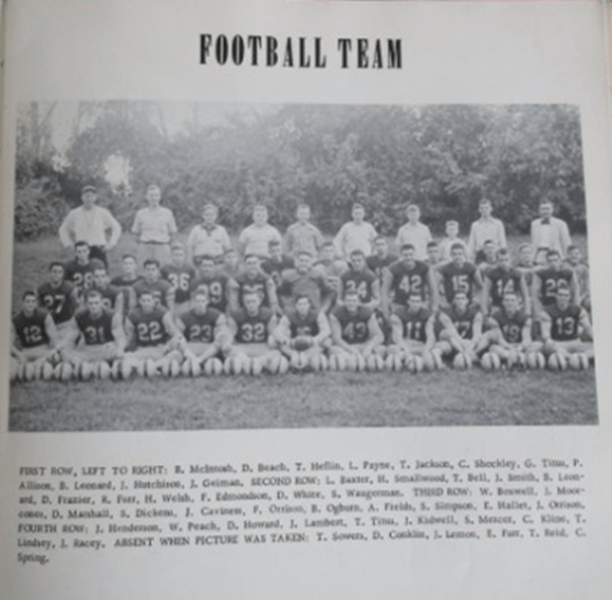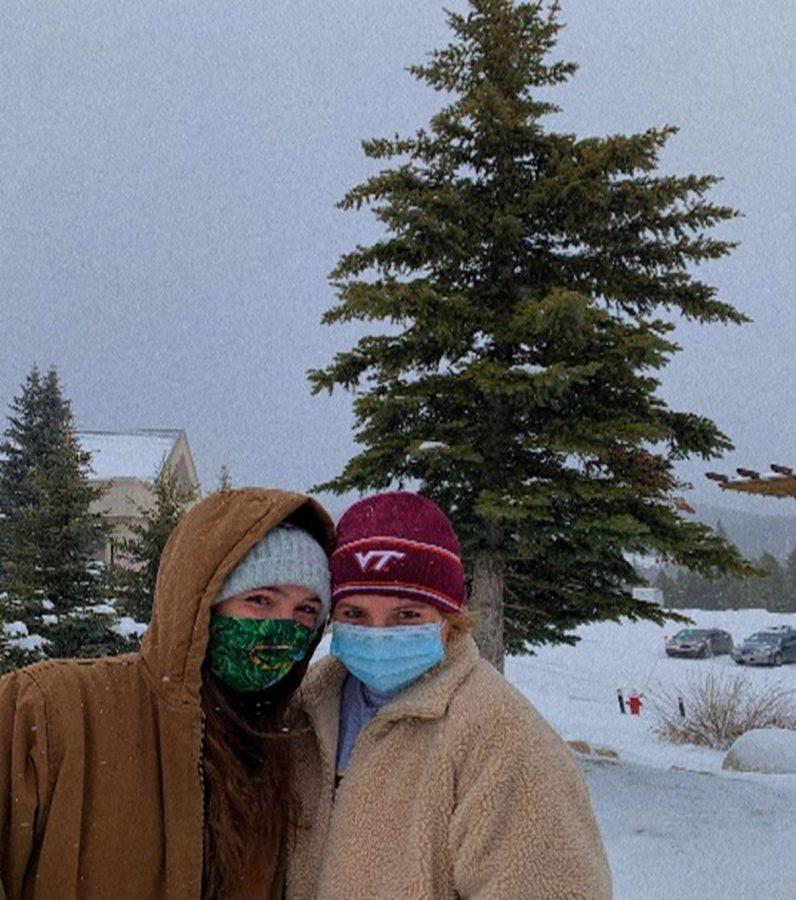Thermal Scanners Ensure Safety of Students and Staff
|
Counselor Dan Croyle watches as students pass by the new thermal scanner at the beginning of the day in order to enter the gym. The scanner accurately records their temperature as they do so. Photos by Valerie Egger. |
Recently, LCPS has installed thermal scanners at every school in order to increase the safety of students and staff as they transition to the Hybrid learning model. They are used to rapidly monitor student’s temperatures and ensure no one has a fever. There is one per school located at specific main entrances.
“Our school’s thermal scanner is pointed towards the athletic entrance and it’s capability allows it to come in contact with around forty scans per second,” School Security Officer Jessica Harden said, “If someone has a fever, the other camera will take a picture and that information is emailed to a designated group of people who will track down that individual, bring them to the care room, and reassess their temperature.”
Every school had the option to decide where to place their particular scanner. Some schools put it in the front office or some at different entrance points. “Since our school’s layout is different from all the others, it was very helpful to be able to decide exactly where to put it and pick a place most convenient,” Principal Michelle Luttrell said.
Because the scanner is located at B7, it is mostly used for those students who ride the bus to school. Students that drive are required to use the other entrances in order to avoid overcrowding and will have their temperature checked with the hand-held scanners. “It just makes the most sense to put the scanner where we have the highest volume of traffic,” Luttrell said.
In order for the scanner to efficiently scan each person’s temperature, they cannot be wearing certain articles of clothing near it such as hats, hoods, and even glasses. According to Luttrell, if there is any kind of obstruction, it cannot get any kind of accurate read, so she must ask students to adhere to these rules.
The Department for Digital Innovation is in charge of the scanners and is the group responsible for their installation within the country. The administrators, school nurses, and safety and security officers are responsible for overseeing the specific scanners within each school.
“The efficiency with which we can get students into the building will greatly improve due to the scanner,” Luttrell said, “Right now we are using hand-held scanners in order to read temperatures, and those would slow as down tremendously due to the number of students we have. It is also incredibly accurate compared to the hand-held ones, which can differ based on location.”
Now that students are coming back to school for Hybrid learning, the scanners will be very useful in ensuring the safety of students and staff. When the system detects a temperature of 100.4 or over, it alerts schools administrators via email.
According to Harden, so far the scanners have taken over a couple thousand reads at schools where students are already back and only about one or two students have had a temperature of 100.4 or over.
Teachers are not required to use the entrance with a scanner in order to enter the school; instead they will be required to do the COVID scanner and check themselves before they come to school if they feel like they are sick or have a fever, staying home if needed.
The scanners are a significant change for schools, but students and staff are slowly getting used to it and recognize its importance in helping students. “It’s a nice mitigation device to help us get you guys in schools quicker so that we can get the school day started on time,” Luttrell said.
The school is hoping to possibly incorporate the scanner as much as possible and use it during athletic events in the future as well as before- and after-school activities. “We are very limited to the number of people that can come to these events, so maybe they can explore using it in the future,” Luttrell said.


